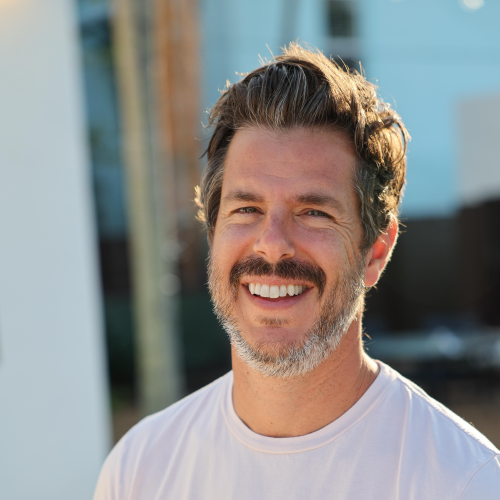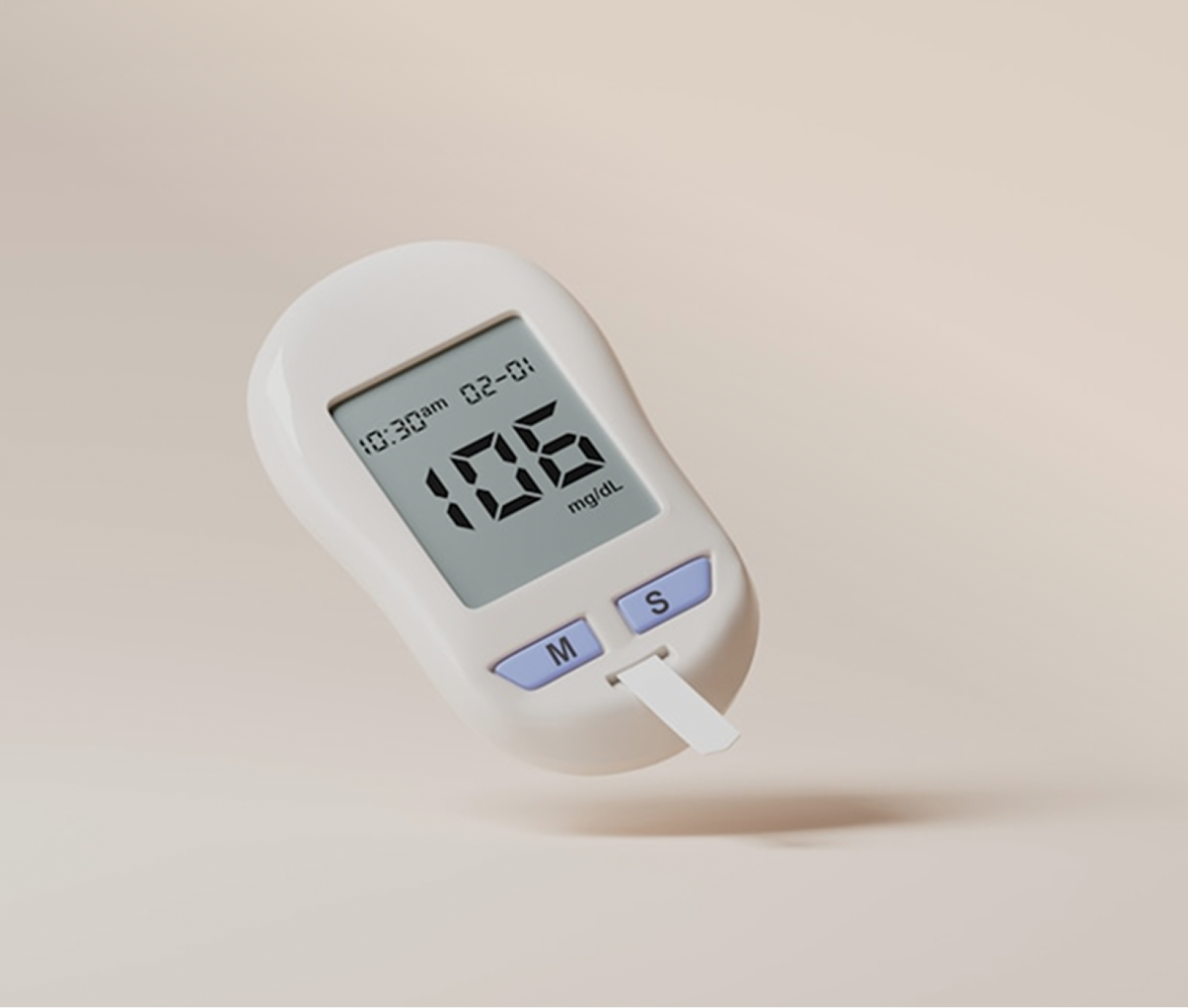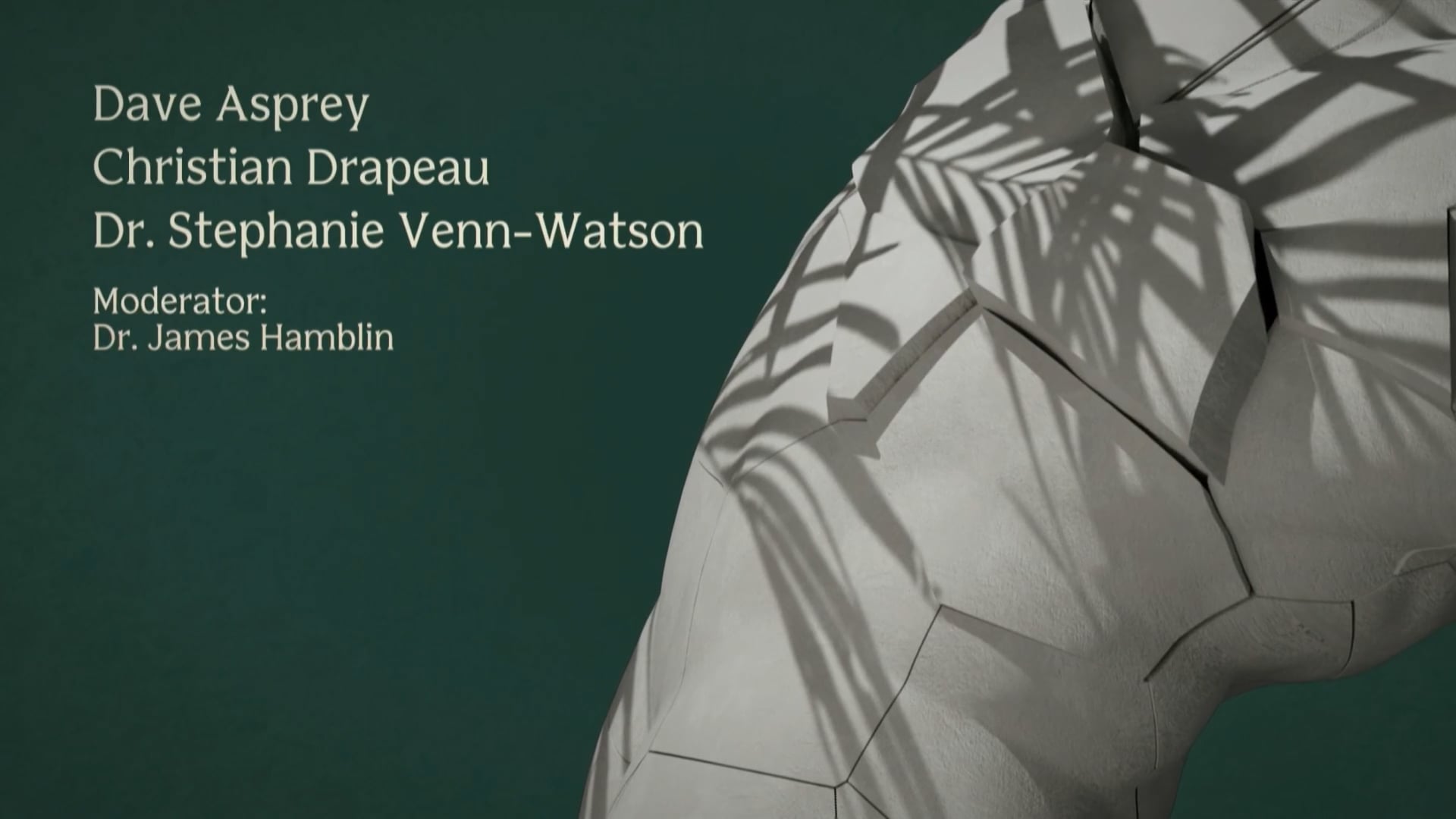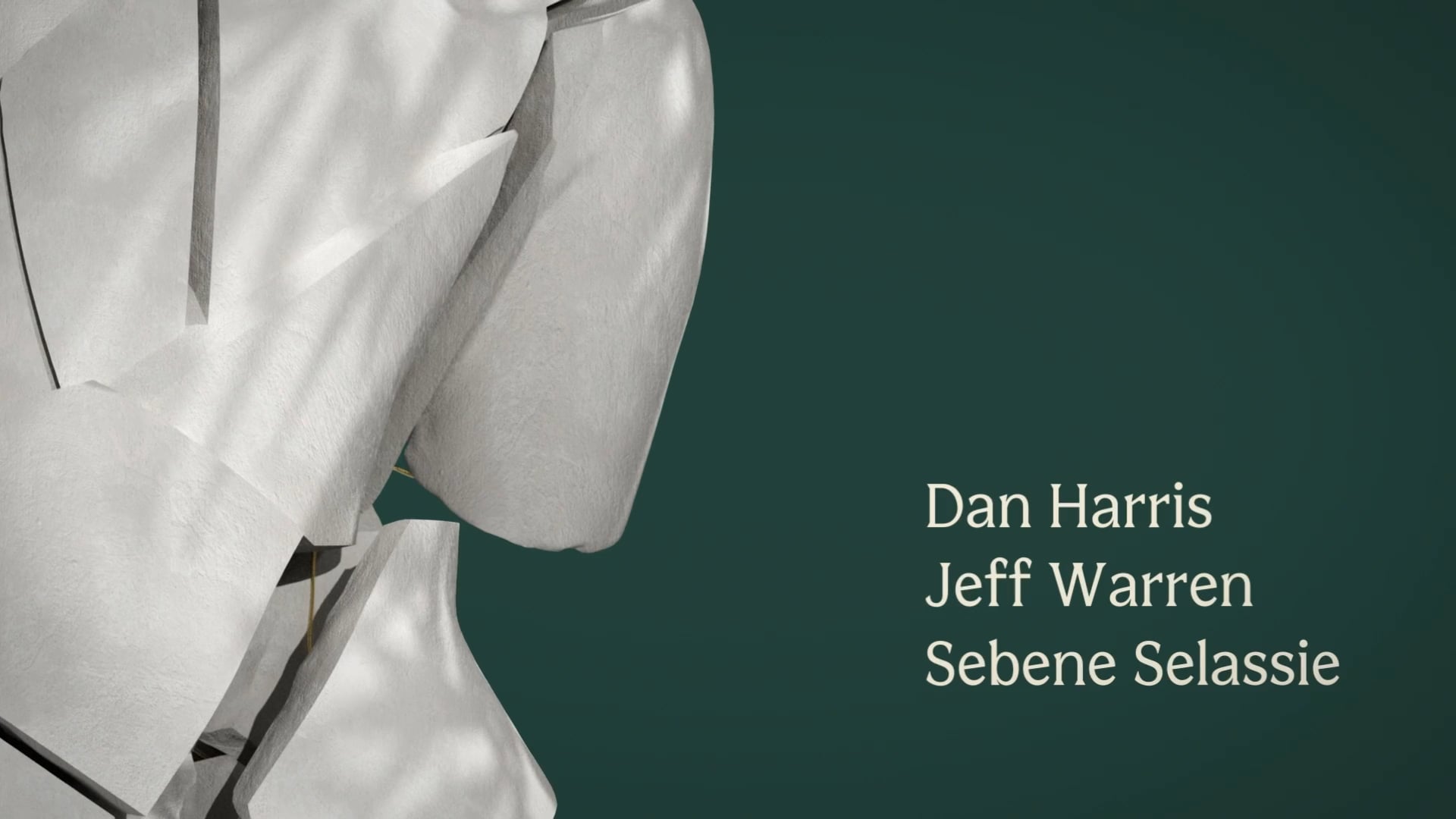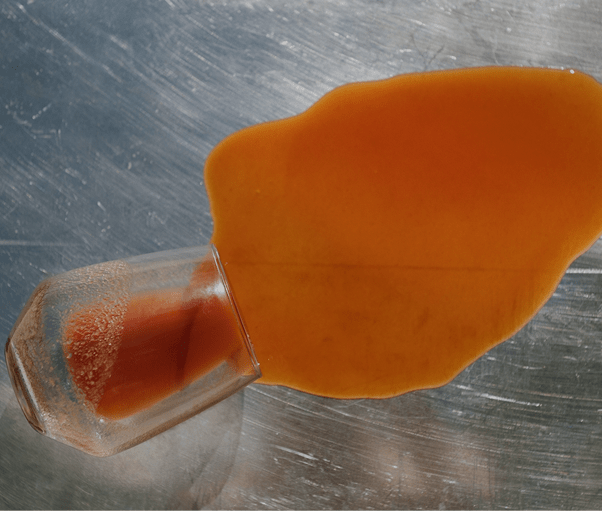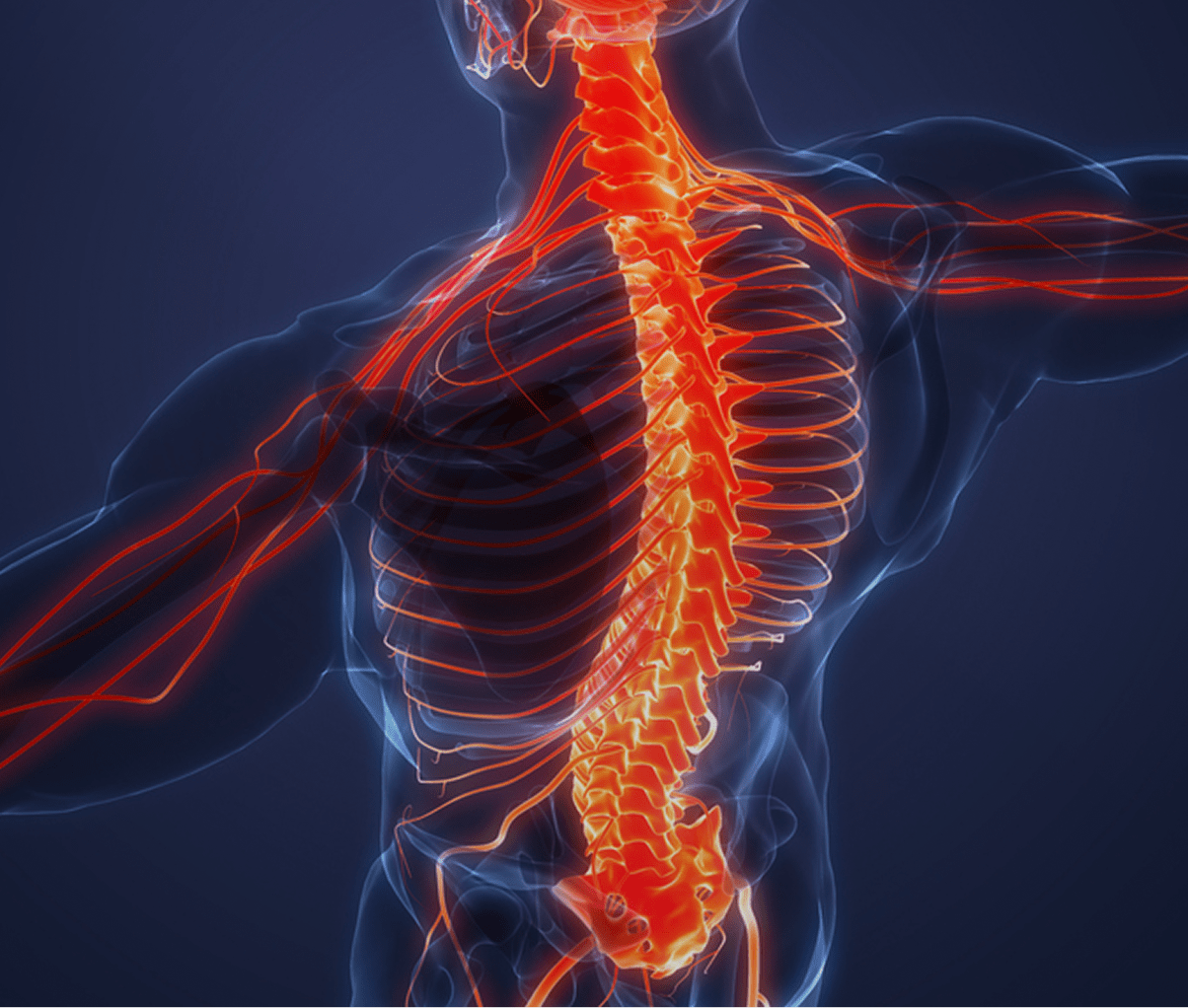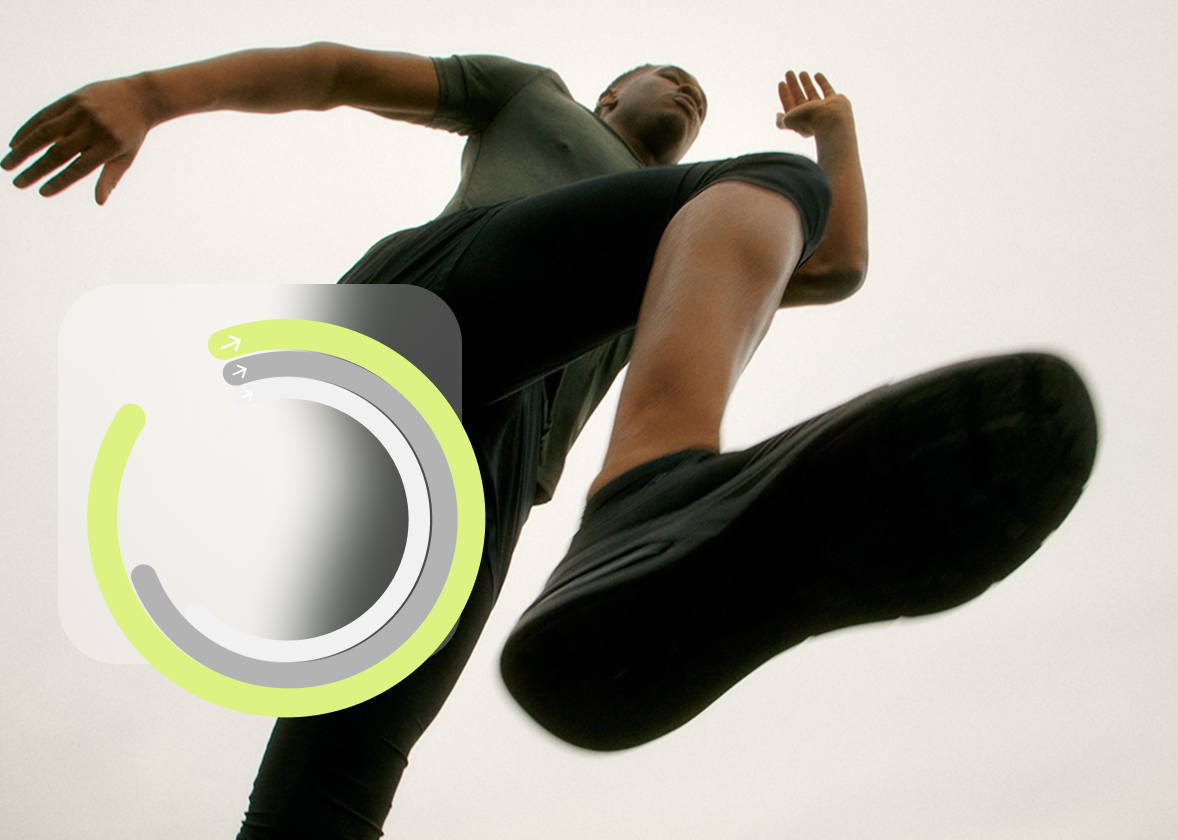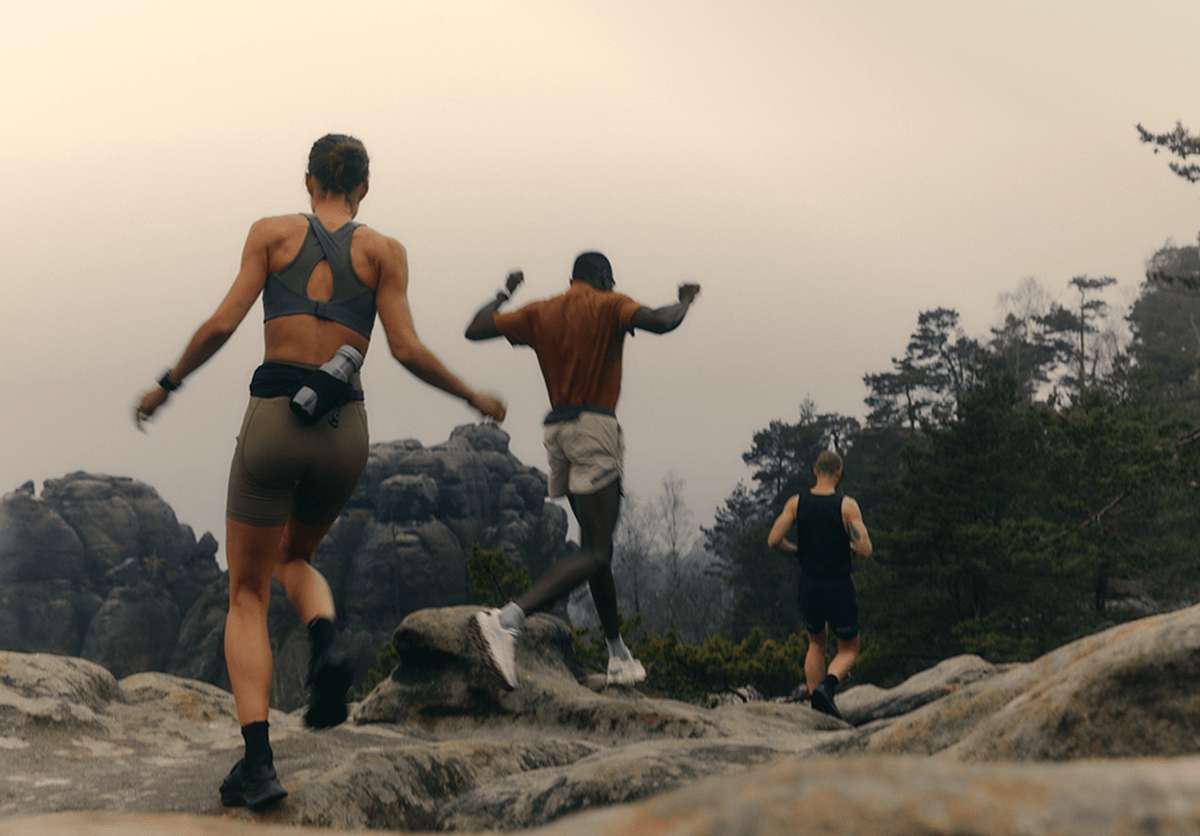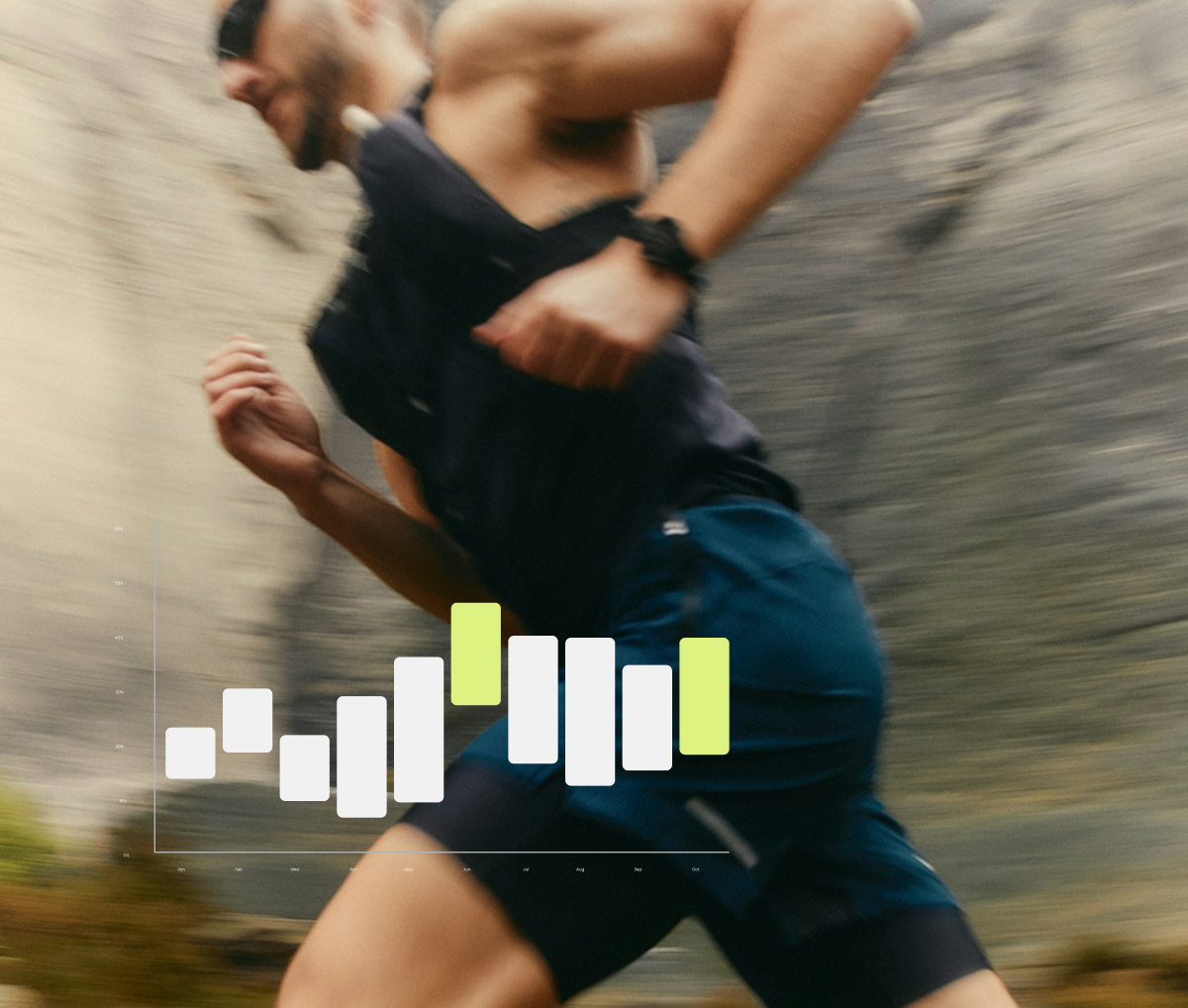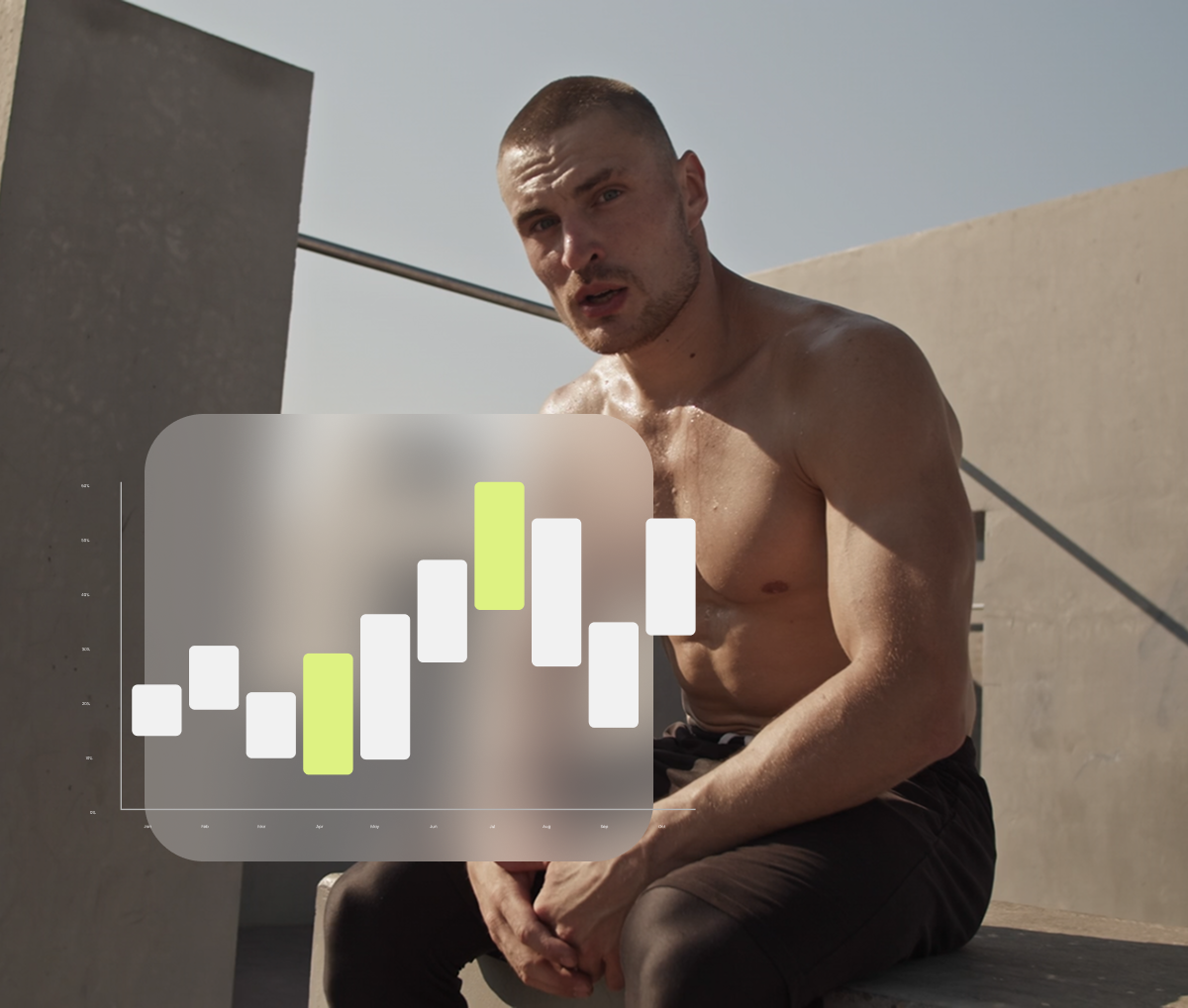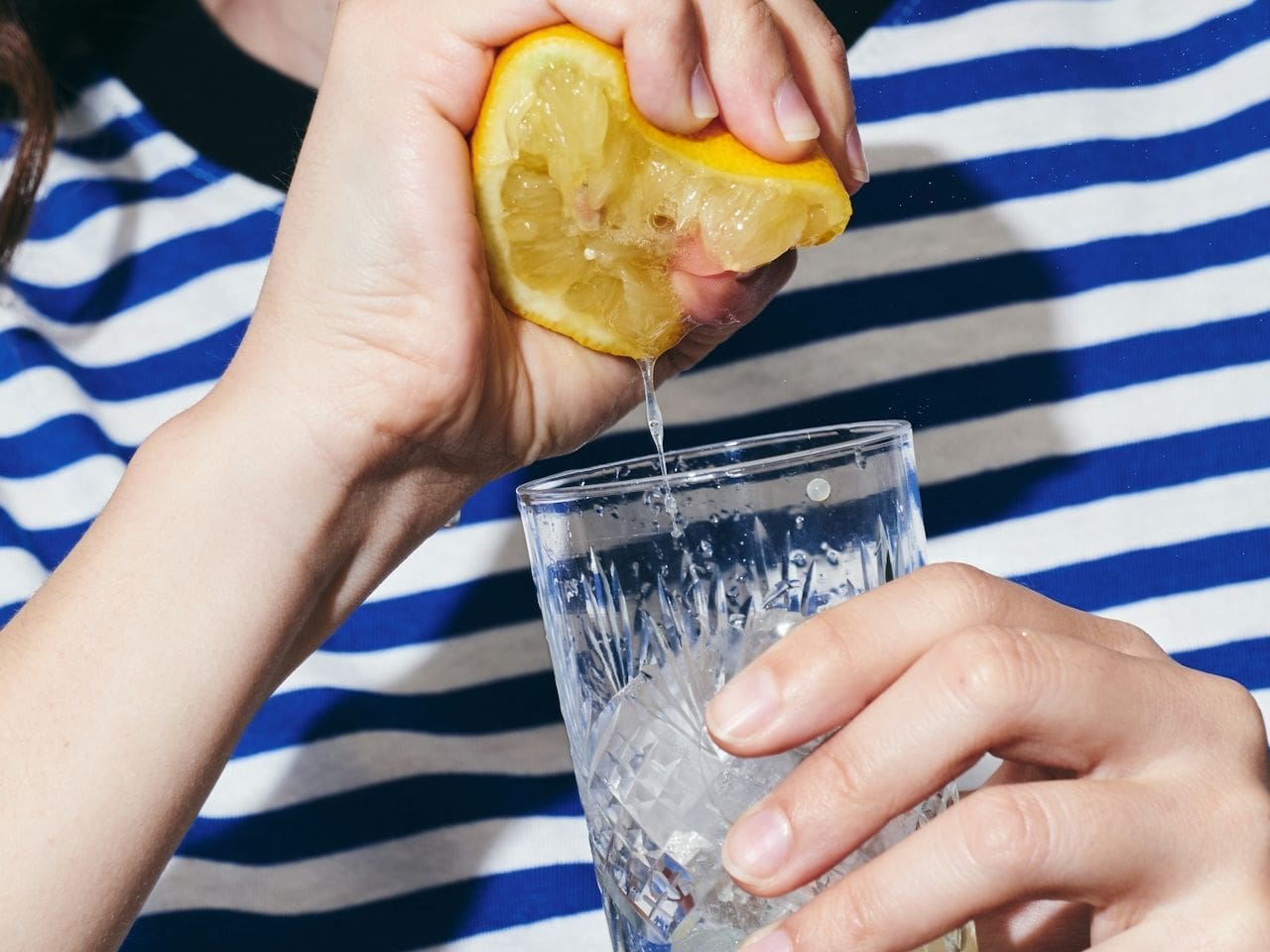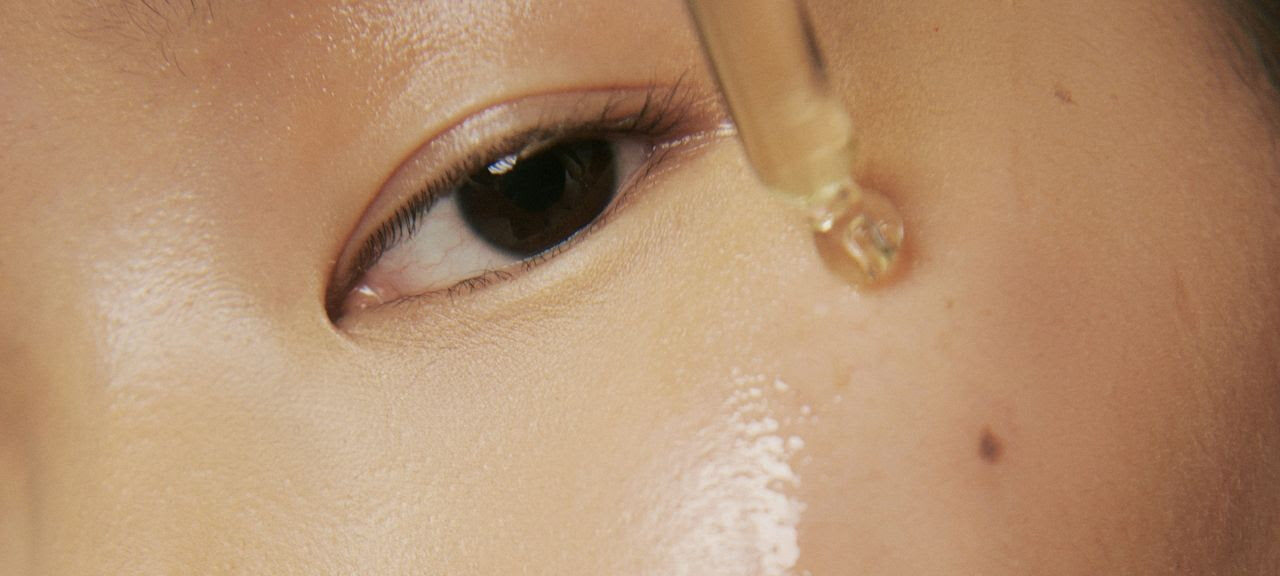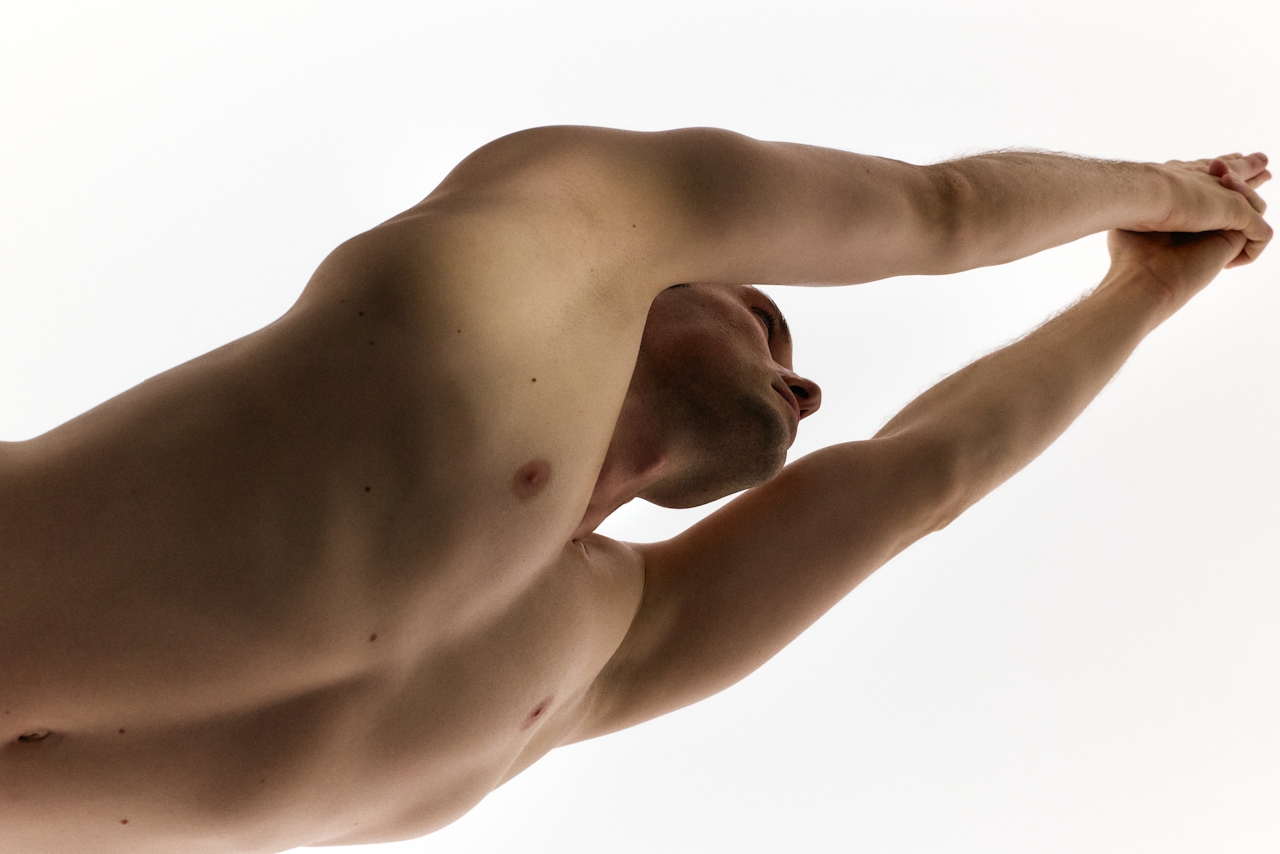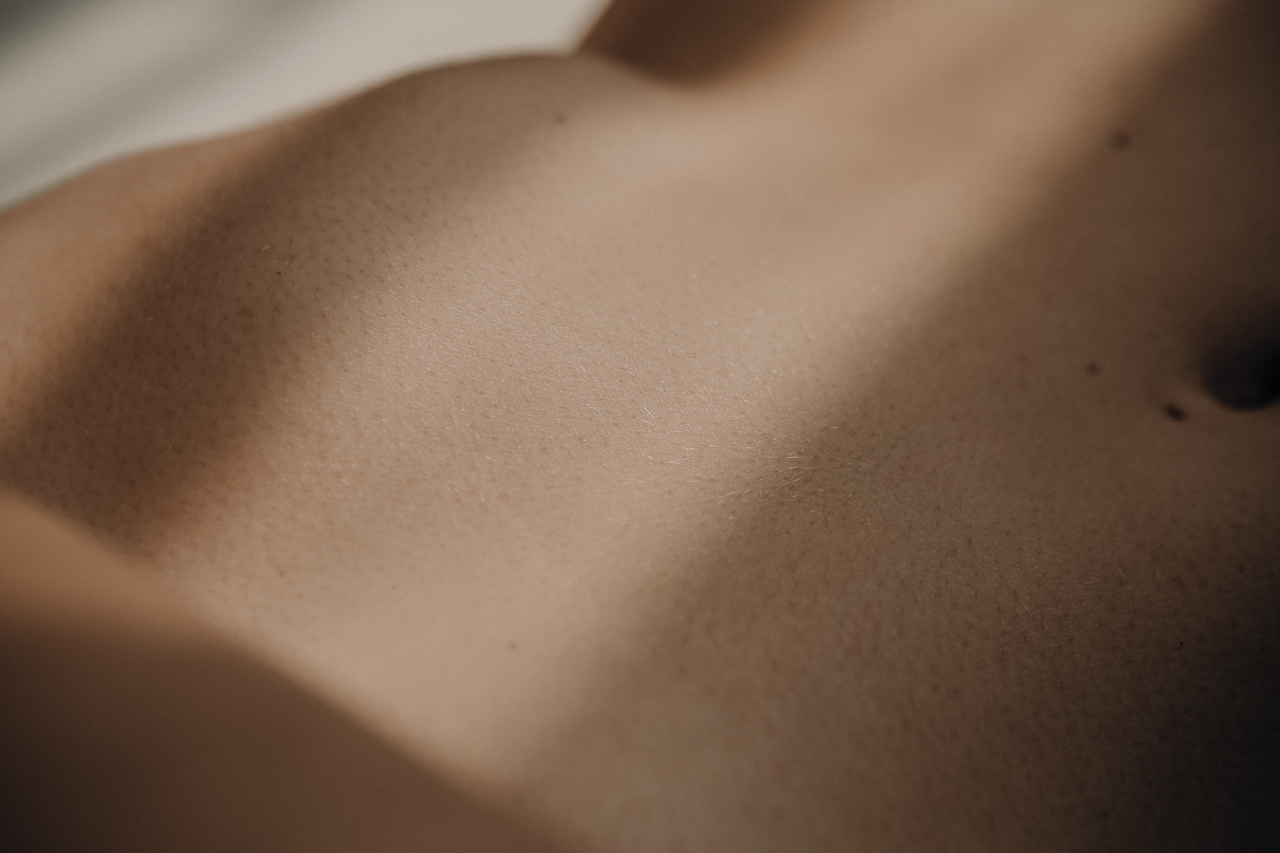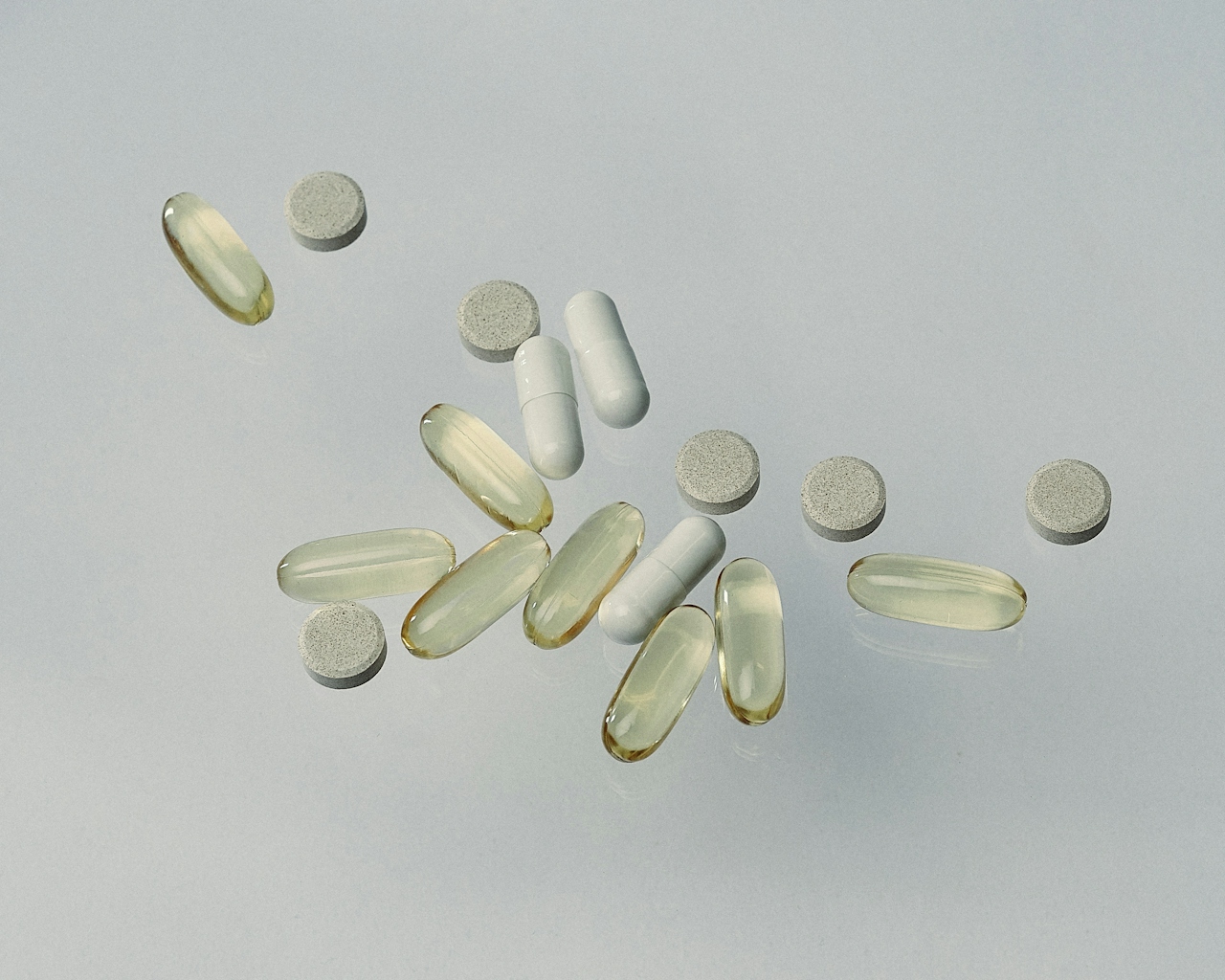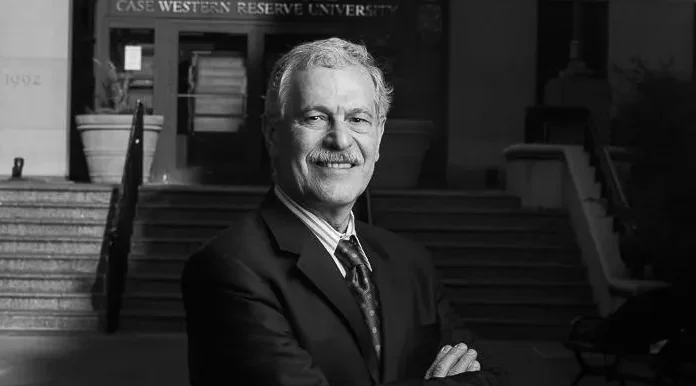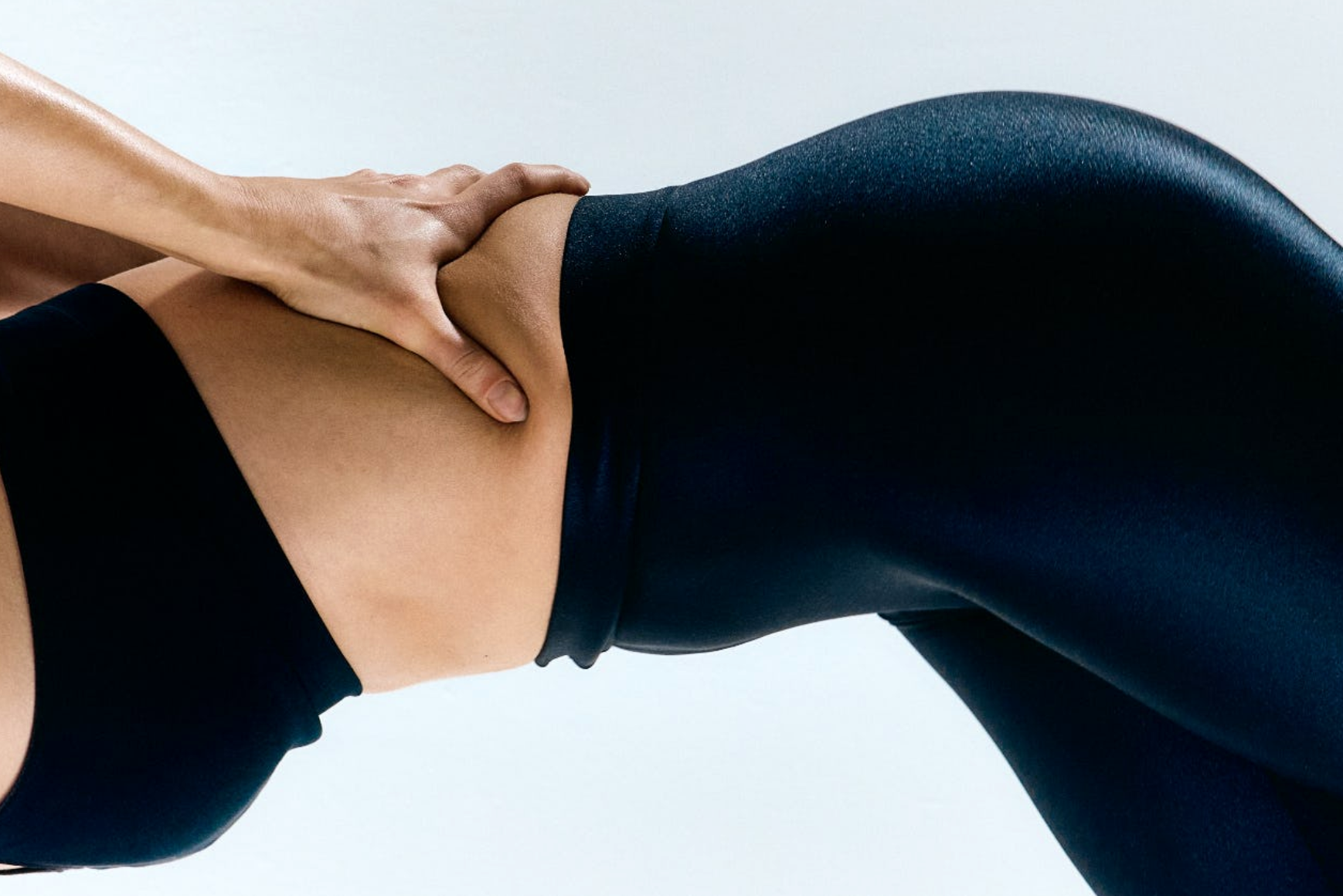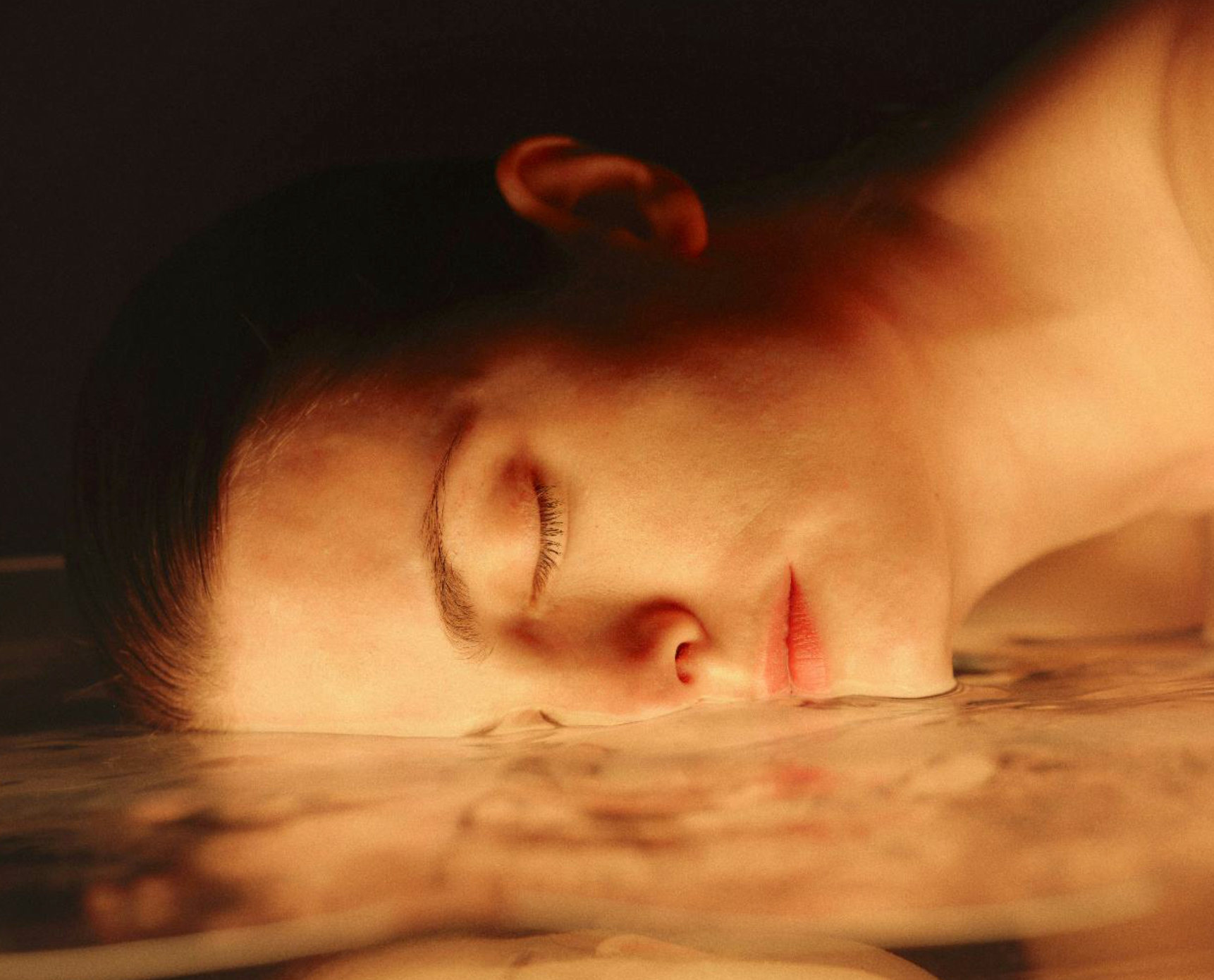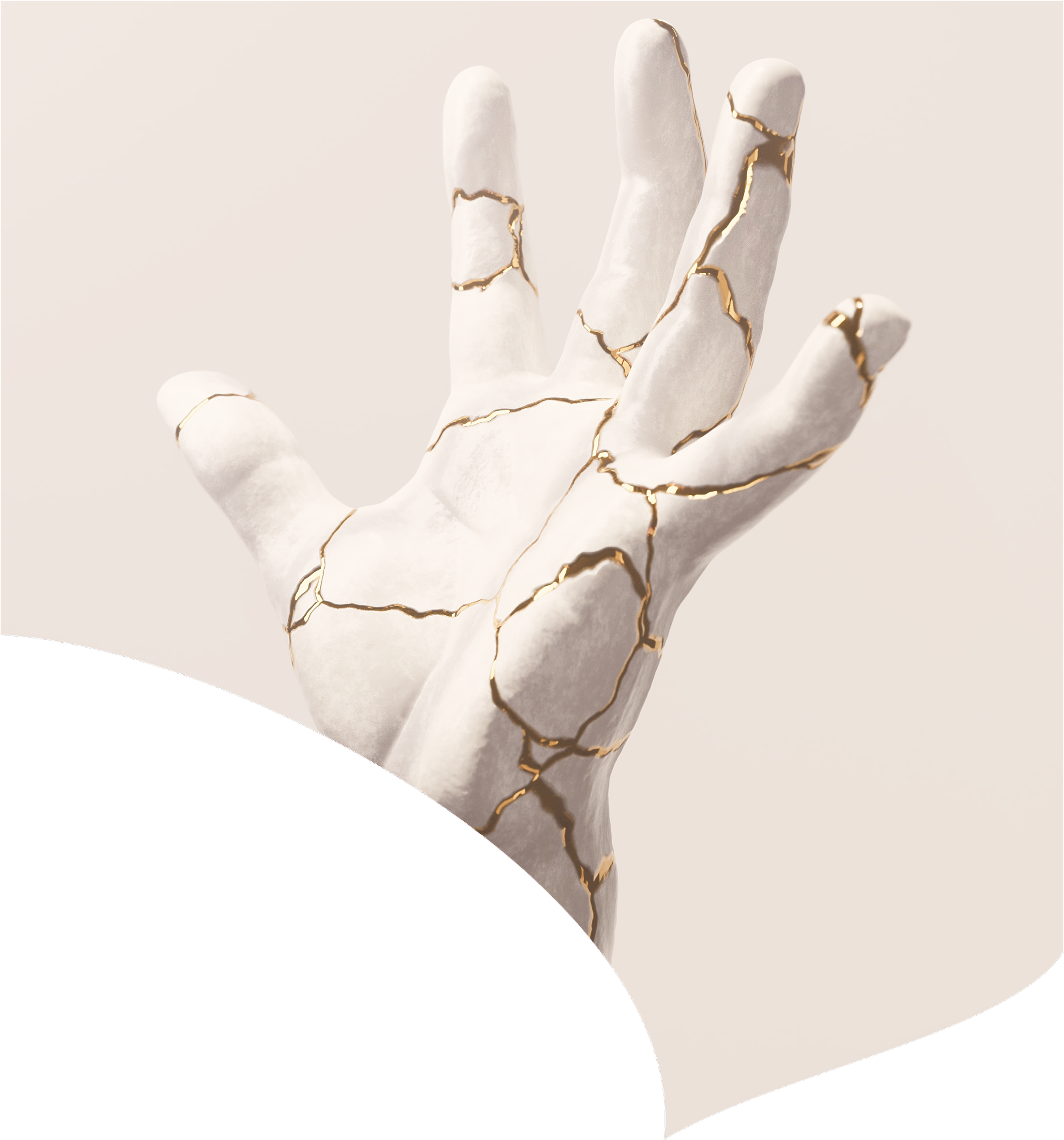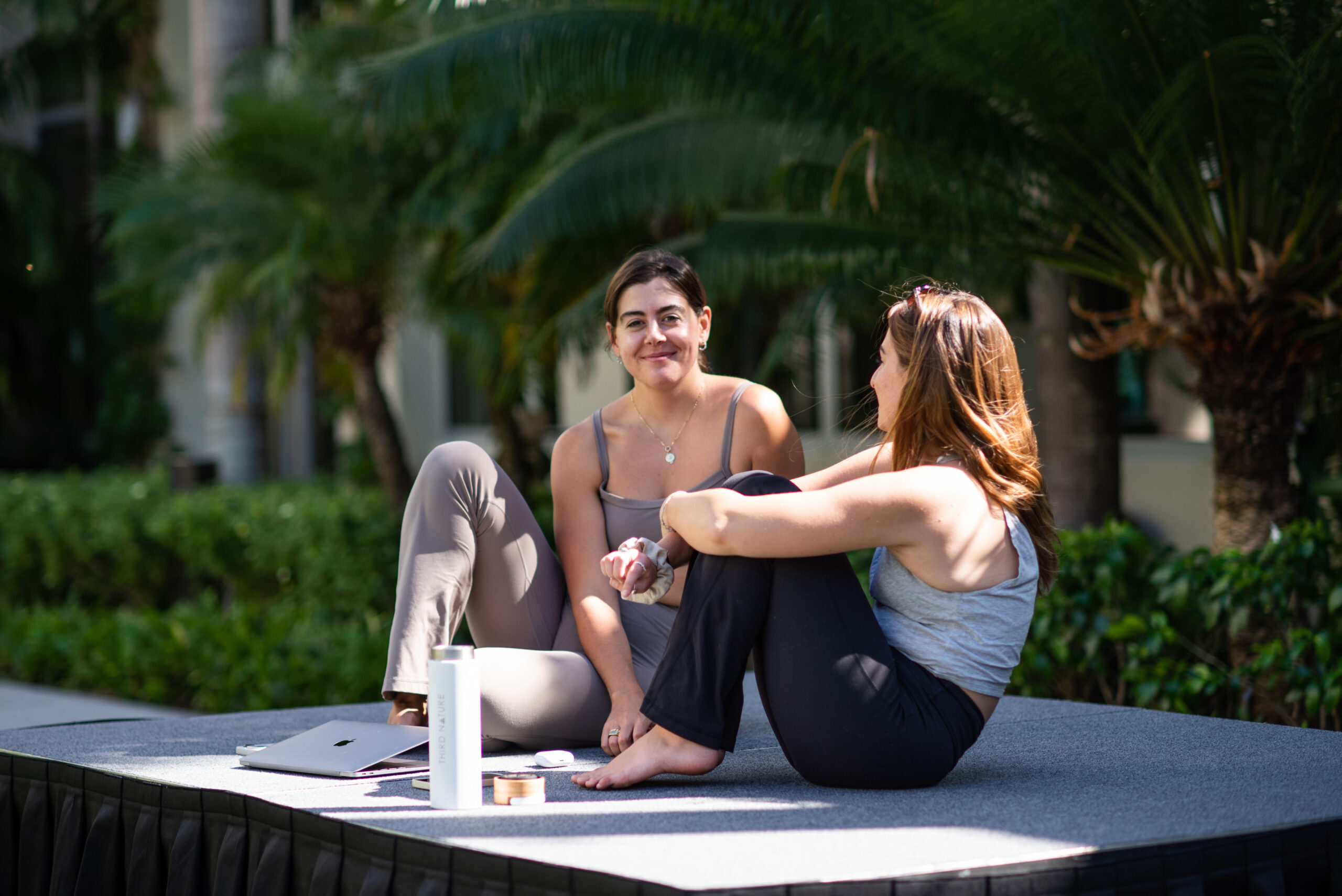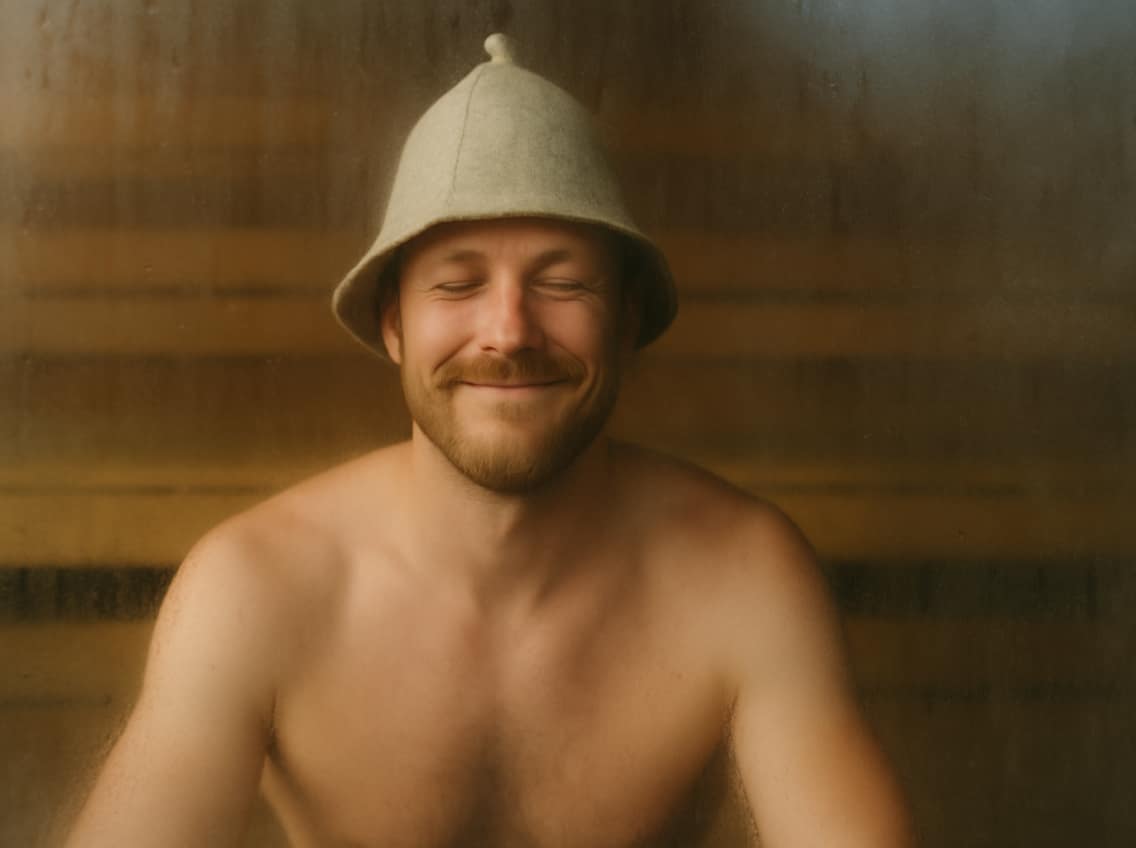
Q&A: Heat and cold exposure with Dr. Susanna Søberg
Part biohacking, part bonding, part escape from the algorithm—heat and cold exposure have been getting a lot of attention lately. It’s about more than just wellness; it’s culture.
In the last heat and cold exposure issue, we explored the value of hormesis—the biological concept that small, intentional stress makes you stronger. We sweated it out in the sauna and braced ourselves for the breathtaking power of the cold plunge. In the process, we learned how thermal therapy can transform us physiologically, mentally, and even emotionally.
Missed it? You can still catch up on the deep dive of The Heat and Cold Exposure Issue.
We’re thrilled to spotlight Dr. Susanna Søberg—scientist, best-selling author, and founder of the Thermalist Method®, a science-based protocol using deliberate cold and heat exposure to improve metabolism, mental clarity, and resilience. Dr. Søberg’s groundbreaking research has influenced global wellness practices and inspired a new generation of health seekers.
In addition to her research and public education, she now certifies wellness practitioners worldwide through the Thermalist Method® Certification Program, a structured training that teaches how to guide others safely and effectively, using her proven approach. Soon, people around the world will be able to experience the Thermalist Method® firsthand through certified instructors offering workshops and guided sessions. Learn more at soeberginstitute.com.
Q: Is it true that sauna can improve cardiovascular health as much as exercise? That feels wild if it’s real.
A: Yes, it’s true. But even better, sauna combined with exercise has an additive effect. Regular sauna bathing (4–7 times per week) has been shown in long-term Finnish studies to reduce the risk of fatal cardiovascular events by up to 63%. That’s comparable to the protective effects of regular aerobic exercise. What’s even more fascinating is that individuals who both exercised and used the sauna regularly had significantly lower cardiovascular mortality than those who did either one alone. So while sauna doesn’t replace movement, it’s a powerful complement to your heart health routine.
Q: Do women need to approach cold exposure differently than men?
A: Yes, especially when it comes to the menstrual cycle. Female hormones like estrogen and progesterone influence temperature regulation, circulation, and even cold tolerance. For example, in the luteal phase (after ovulation), women often feel colder and may respond differently to cold exposure. In my practice and research, I recommend that women honor these natural shifts—starting with shorter exposures and adapting as needed throughout the month. Cold exposure can still be incredibly beneficial, but it’s important to listen to the body and not push through extremes, especially on days when the nervous system feels more sensitive.
Q: Is there actually a “best time of day” to do a cold plunge or sauna?
A: Yes—and it depends on your goal. If you're looking for energy, alertness, or metabolic activation, then morning cold exposure is ideal. It stimulates norepinephrine and dopamine, setting a focused tone for the day. Sauna, on the other hand, is deeply relaxing and better suited to evening use, especially if your goal is recovery or stress relief. Doing both together? Start with cold in the morning and use sauna in the evening. Following this rhythm supports your natural circadian biology.
Q: Are there differences in the benefits between infrared and traditional saunas?
A: Yes, and it comes down to how the heat is delivered. Traditional saunas (dry or with steam) heat the air around you, causing your core temperature and heart rate to rise significantly. This mimics cardiovascular exercise. Infrared saunas use light waves to heat the body more directly, often at lower ambient temperatures. They can be gentler for those who are heat-sensitive and may still provide benefits for muscle recovery and circulation. However, when it comes to the full cardiovascular and metabolic benefits supported by long-term studies, traditional saunas have the strongest evidence.
Q: Is there any indication that the health benefits of cold therapy scale with a drop in temperature, beyond a certain point (like 55 vs 45 vs 35 degrees)?
A: Interestingly, not necessarily. The benefits of cold exposure—such as improved metabolism, reduced inflammation, and increased mental resilience—don't scale linearly with colder temperatures. In fact, colder is not always better. What matters more is the dose: how cold, how long, and how often. Even water at 55°F (13°C) can be effective if used consistently. Going down to 35°F (1.6°C) may feel intense, but it doesn’t necessarily mean greater benefits—and it can increase the risk of discomfort or injury. I advise starting at milder temperatures and building a sustainable, safe practice over time.
|
Disclaimer: This newsletter is provided for educational and informational purposes only and does not constitute providing medical advice or professional services. The information provided should not be used for diagnosing or treating a health problem or disease, and those seeking personal medical advice should consult with a licensed physician.
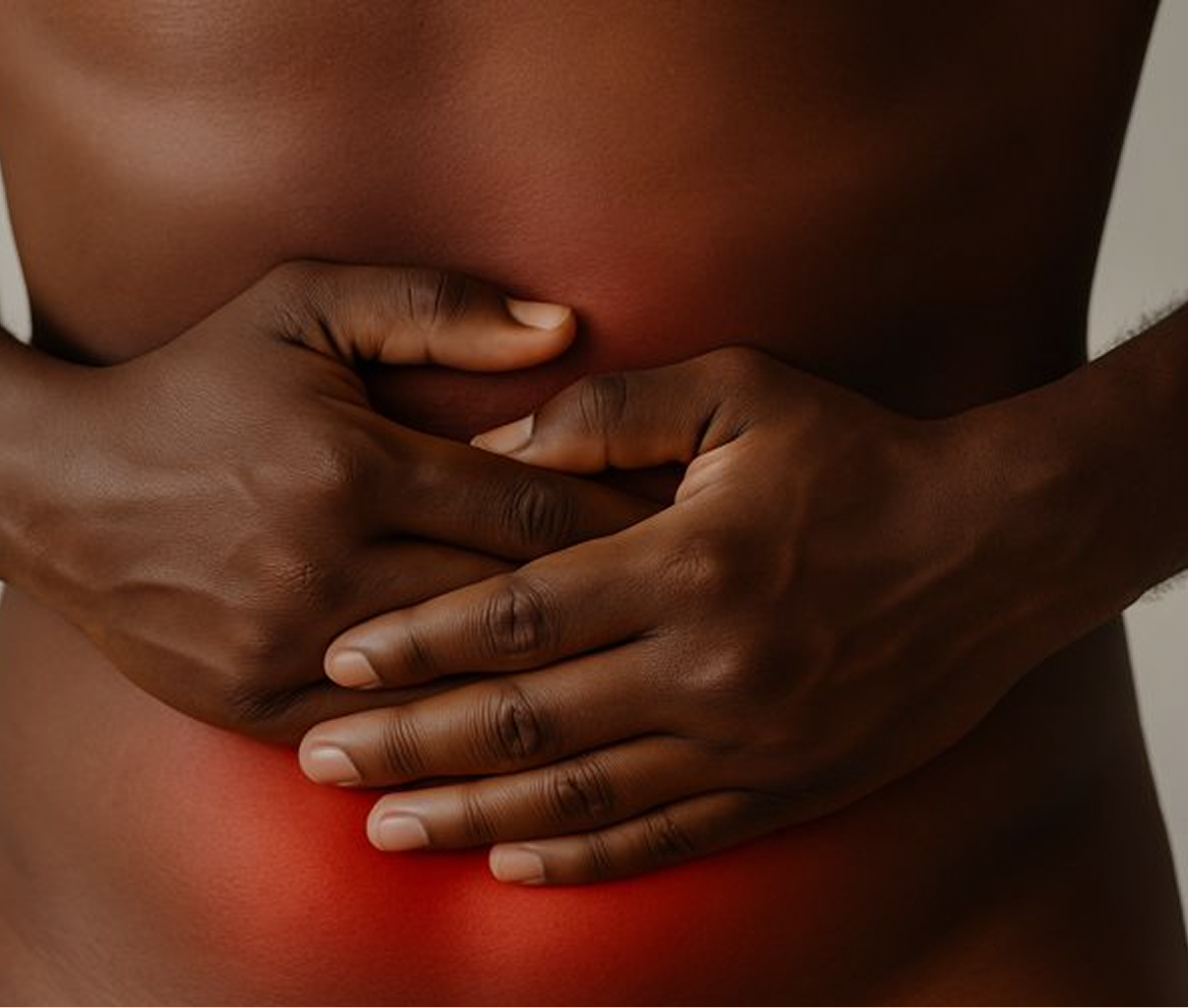
December 19, 2025

December 12, 2025

December 8, 2025
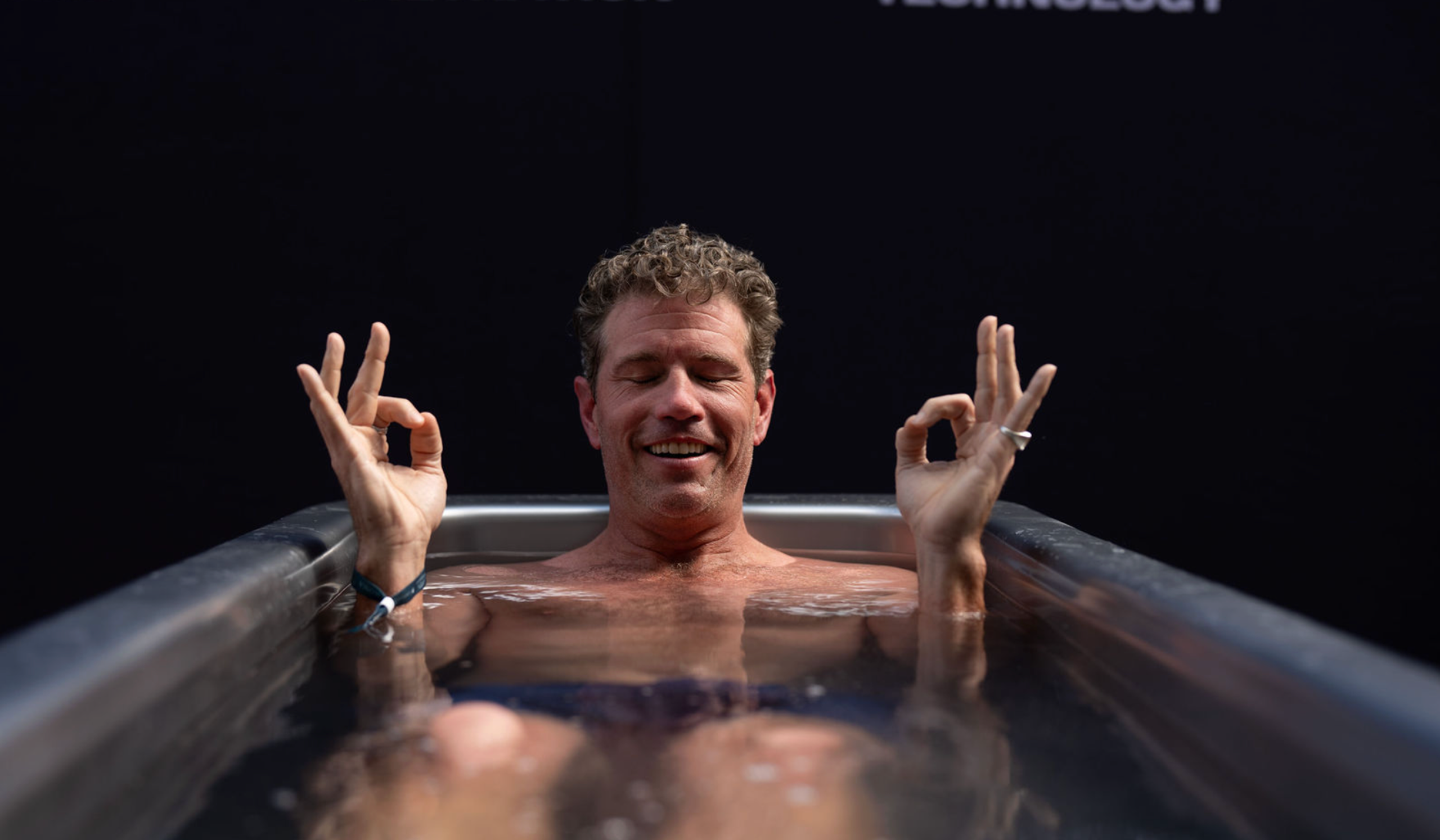
December 5, 2025

November 21, 2025

November 14, 2025

November 14, 2025
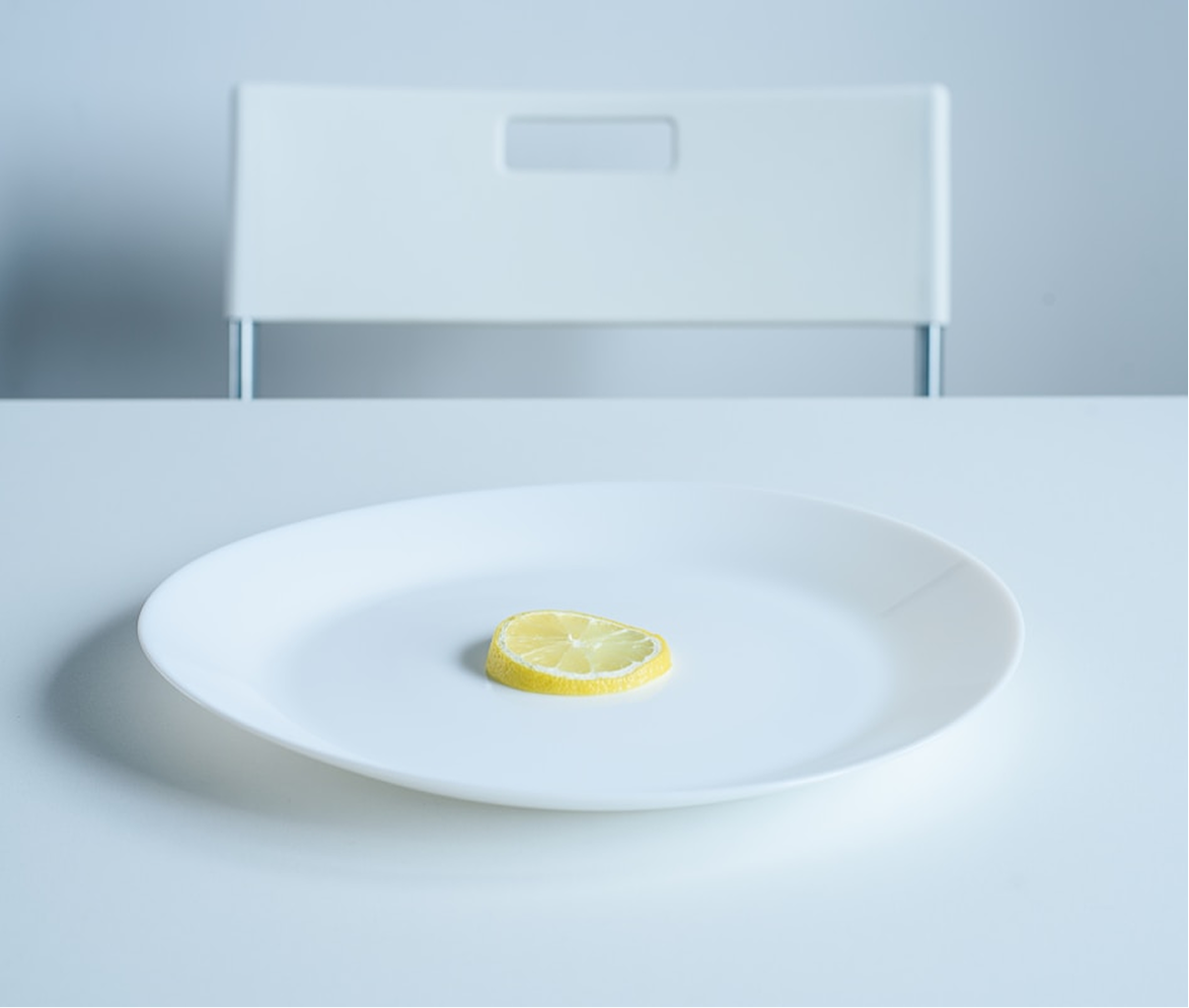
November 7, 2025
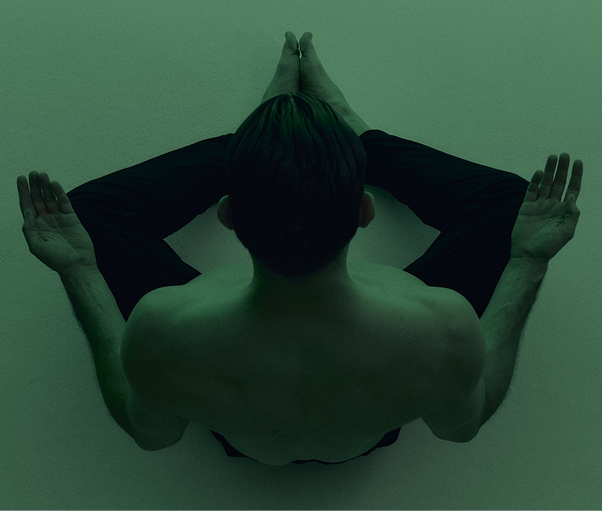
October 31, 2025
